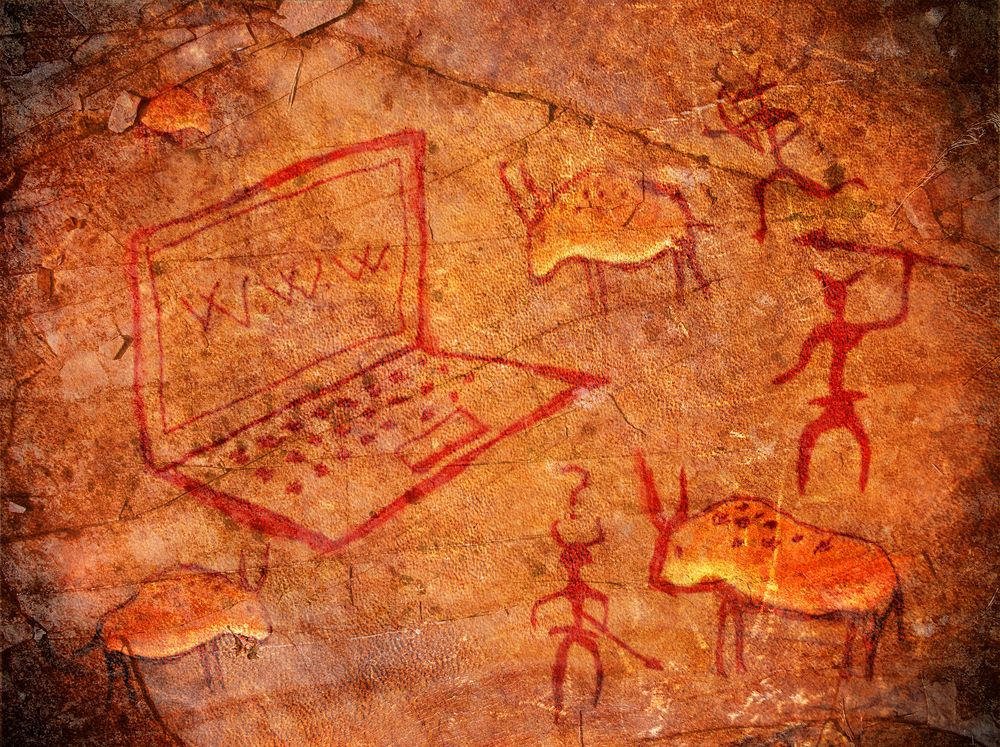At the Internet Hall of Fame, we encounter a lot of history, and many of the milestones that led to the development of the modern Internet are already familiar to many of us: the genesis of the ARPANET, the implementation of the standard network protocol TCP/IP, the growth of LANs (Large Area Networks), the invention of DNS (the Domain Name System), and the adoption of American legislation that funded U.S. Internet expansion—which helped fuel global network access—to name just a few.

But given our familiarity with these milestones, we started wondering: are there important historical aspects of the network’s origins and development that we’re missing? What about Internet history should we know more about?
We posed these questions to some of the Internet Hall of Fame’s inductees, and the responses we received were both varied and fascinating. Over the next six weeks we will share these with you in a three-part series authored by three inductees who provided their insights: Leonard Kleinrock highlights several visionaries who anticipated Internet technology; Elizabeth Feinler focuses on the standards-setting practices that help keep the Internet open and free (did you know anyone with a good idea can help shape the standards that govern the global Internet?); and Lawrence Landweber reveals the ‘Internet that never was.’
Stay tuned for the first in the series, “Was the Internet Anticipated?” by Leonard Kleinrock, coming later this month. In the meantime, feel free to read about how Leonard Kleinrock, Elizabeth Feinler and Lawrence Landweber themselves contributed to the history of the Internet.
Written by Internet Hall of Fame Editorial Staff